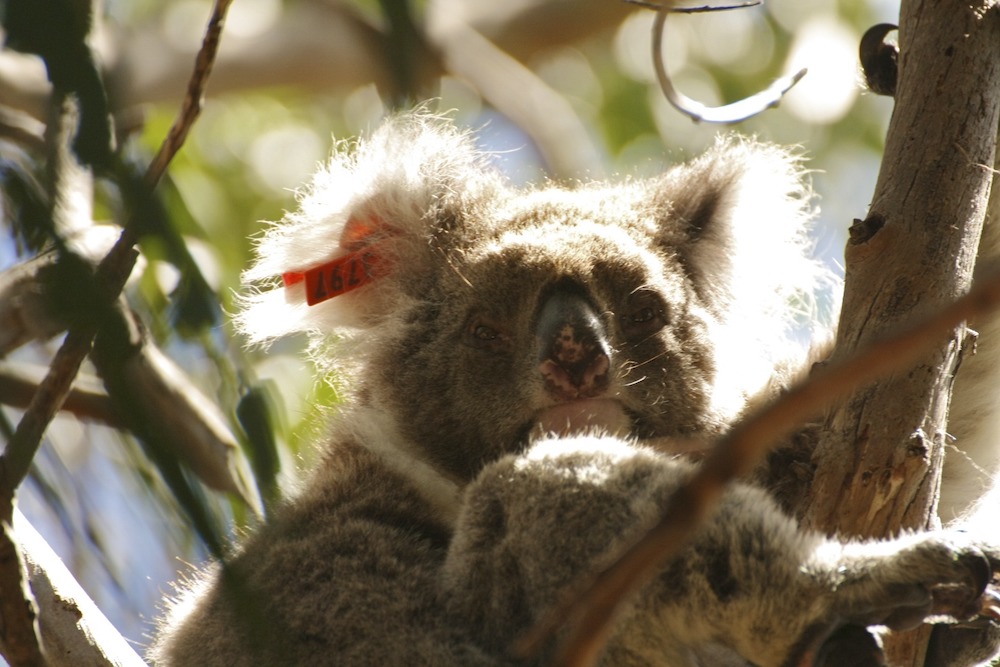As I write this, I'm waiting for our students to return from their weXplore, a five-day excursion that takes students beyond their host city for immersive cultural experiences. For the past two months, we as a school have called Maun, Botswana, our home. It's a small town on the edge of the Okavango Delta and, for many travelers, a doorway into Africa. But Maun is only one perspective, and it...
Read MoreTGS students recently had the opportunity to visit one of the most unique, stunningly beautiful places in Australia: Kangaroo Island. “KI,” as it is often called, is home to a remarkably diverse set of wildlife. In addition, the geography of the island itself ranges from stunning white sand beaches to sloping cliffs to dense forests. A quarter of Kangaroo Island is conserved in National Parks, Conservation Parks, and five Wilderness Protection Areas. TGS students were able to spend several days touring the island’s unique landscape, experiencing the native animals and plants up close – an adventure of a lifetime. Read the series of posts about the trip to KI.
Visiting Seal Bay Conservation Park
The first day of the KI trip focused on exploring the animals native to the island, including sea lions and birds. Students visited Seal Bay Conservation Park, where they were able to walk the sandy beach that the KI sea lions call home. The students noted how unbelievable the experience was. “Never would I have thought to be on the other side of the world…seeing sea lions in their natural habitats,” said TGS student Gijs.
Later that day, students had the opportunity to see (and photograph!) one of Australia’s best-known and most beloved animals: the koala.

A tagged koala on a tree
This was a highlight of the trip for many of the students, as seeing a koala high in a eucalyptus tree could be considered one of many quintessential Australian experiences.
That same day, students had the opportunity to work with renowned scientist Dr. Peggy Rismiller, an expert on the echidna. Echidnas are small mammals that are covered with coarse hair and spines. “They are one of the only mammals that lay eggs,” explained David, recounting the lesson from Dr. Rismiller. “Their hind feet point backwards and their front feet forwards. And with the help of their spikes they can go straight down into the ground. They are solitary mammals, meaning they do not live in packs. And come mating season, you can have up to 10 males following one female.”
TGS students had the opportunity to observe several native animals, interacting with specialists who taught them about some of the unique aspects of Australian wildlife. Coming up – more on the TGS tour of Kangaroo Island, including visiting some of KI’s breathtaking landscapes.